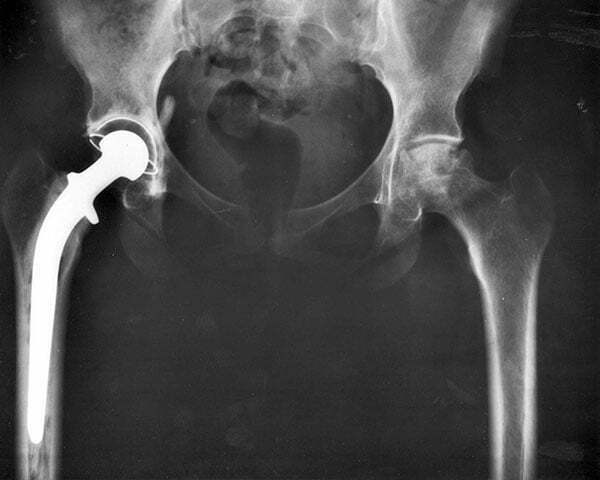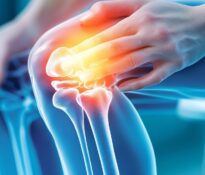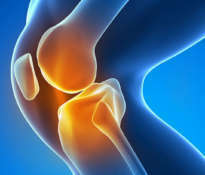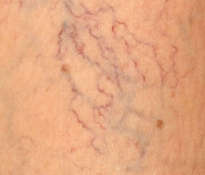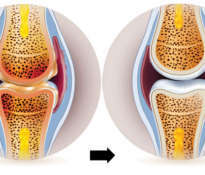Hip pain can reduce your daily activities, such as walking up stairs or standing up from a sitting position. As the degeneration of the joint worsens, there may even be a situation when the pain will interrupt sleep at night. If the joint pain does not allow you to sleep, it’s time to find a definitive solution to the problem. According to orthopedic surgeons, surgical hip replacement is the only procedure that gives over 90% confidence to effectively get rid of pain.
The decision on the total or partial hip replacement is made on the basis of perceived symptoms: severity of pain, degree of disability, degree of damage to the hip. The technology of hip replacements is successively improved and the number of procedures performed is increasing from year to year. Before making a final decision about undergoing surgery, the doctor should consider other treatments, such as, for example, physical therapy or painkillers.
How to reduce hip pain?
- It is very important to maintain a healthy body weight. Overloaded joints are susceptible to damage and wear out faster. Therefore, if you are overweight, reduce body weight. Losing excess weight will benefit the whole body – the heart, brain, muscles and bones.
- The next important element in the fight against joint pain is physical exercise, which can actually bring relief to pain. Avoid exercises that cause severe pain. It’s best to do exercises under the supervision of an experienced physiotherapist.
- If you feel severe pain, give yourself the right amount of time to rest and recover. The rest should last for at least 24 to 48 hours before returning to the previous level of activity.
- Ice compresses bring relief if the pain is caused by inflammation in the joint. If the pain is very annoying, ice packs can be used up to four or five times a day for about 15 minutes.
- Dietary supplements can accelerate the regeneration of damaged cartilage and alleviate joint pain. The most useful are products containing glucosominę and chondroitin.
- Painkillers may also help. Tablets with ibuprofen, which can be bought at a pharmacy without a prescription, will help fight inflammation and reduce pain.
Hip implant
After exhausting the other treatments listed above, the only option will be to undergo a surgical operation involving the implantation of the hip joint. Hip replacement is usually performed in severe conditions such as osteoarthritis, rheumatoid arthritis, hip fracture or bone cancer. If you have exhausted the other treatments listed above to relieve your symptoms, surgery may be needed. There are certain conditions that exclude the possibility of hip replacement: Parkinson’s disease, high risk of infection, and generally poor health.
After replacing the hip joint, a very important stage of treatment takes place, that is physiotherapy. The most effective exercises are those that increase the range of movements and strengthen the muscles, without weighing the joint too much. The goal of physiotherapy is to increase overall fitness and increase blood circulation. Walking, cycling, swimming or cross-country skiing gives good results.
Remember that not all hip ailments can end with implant placement. Many people are able to cope with the pain by applying lifestyle changes and the ways we have mentioned above.
